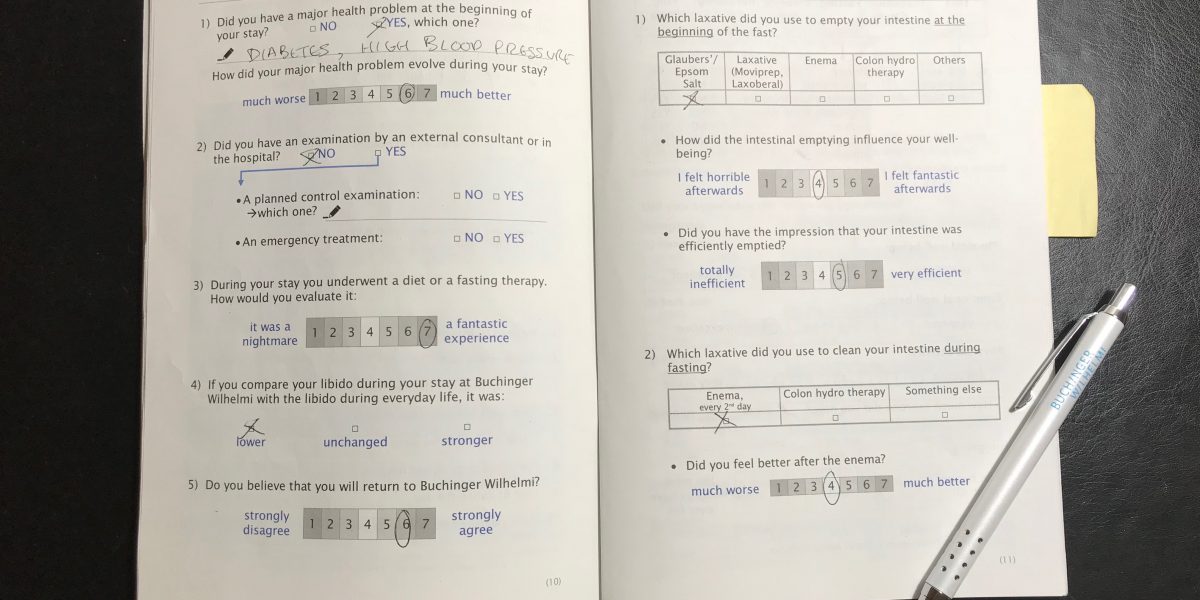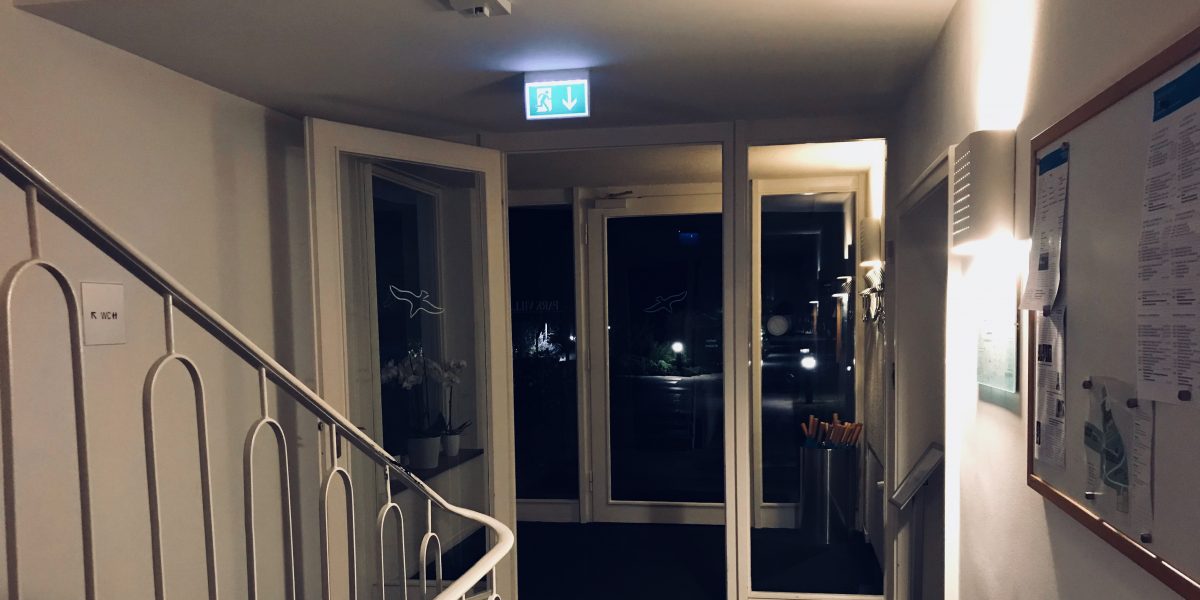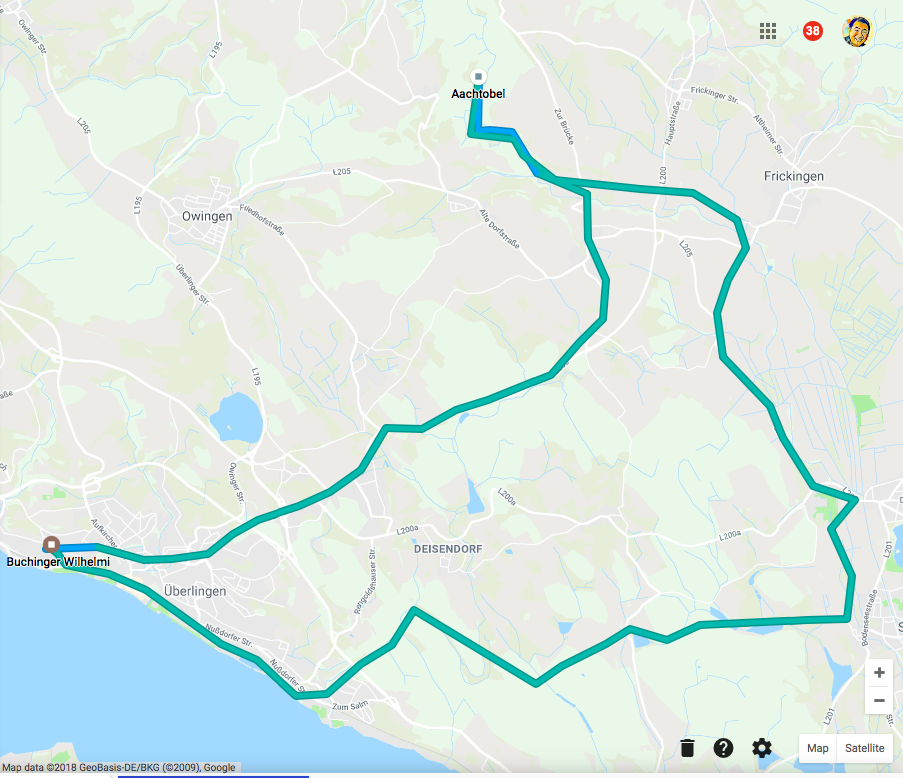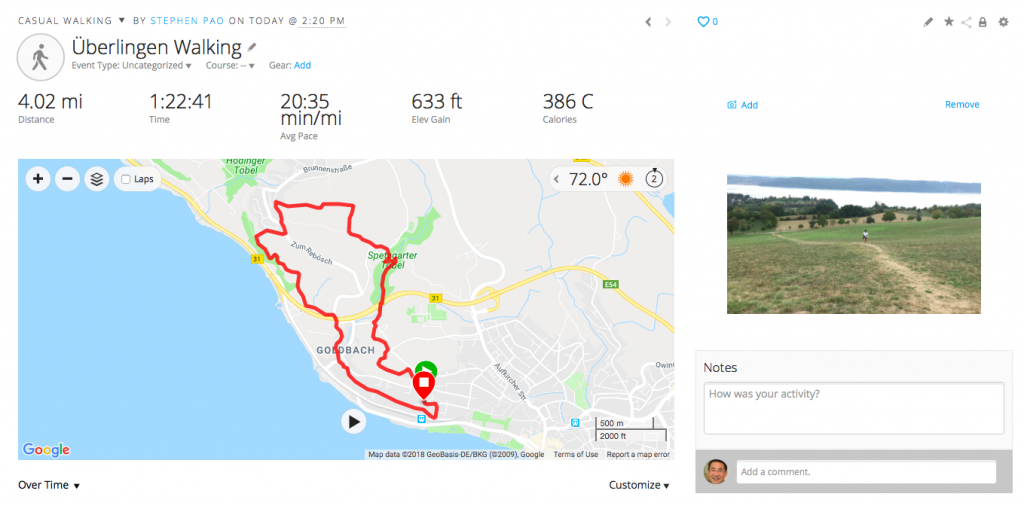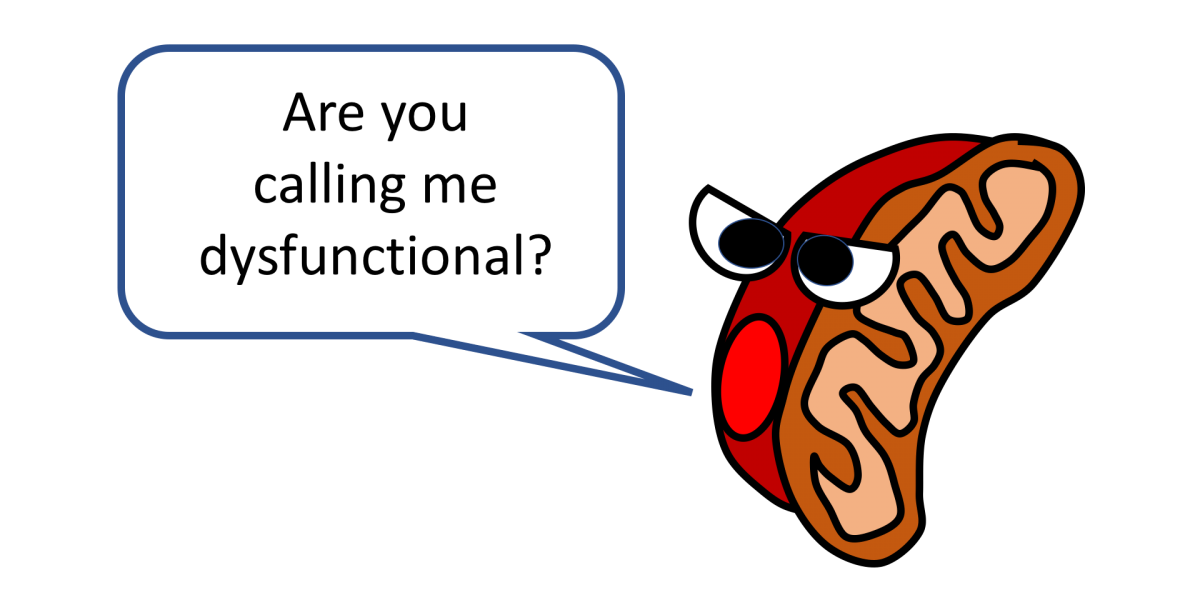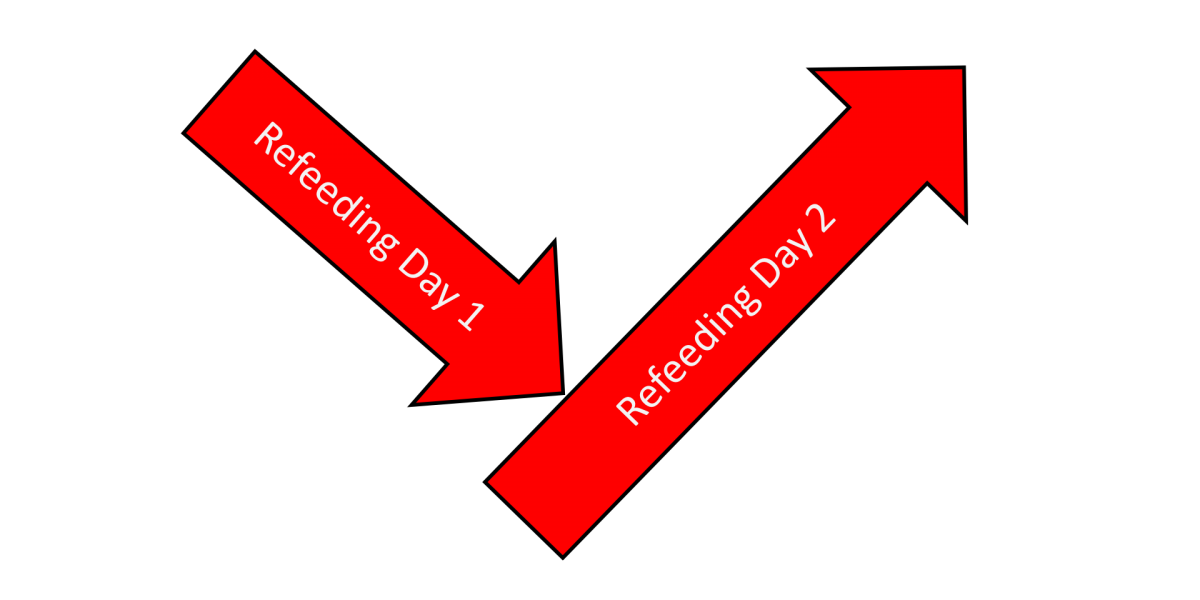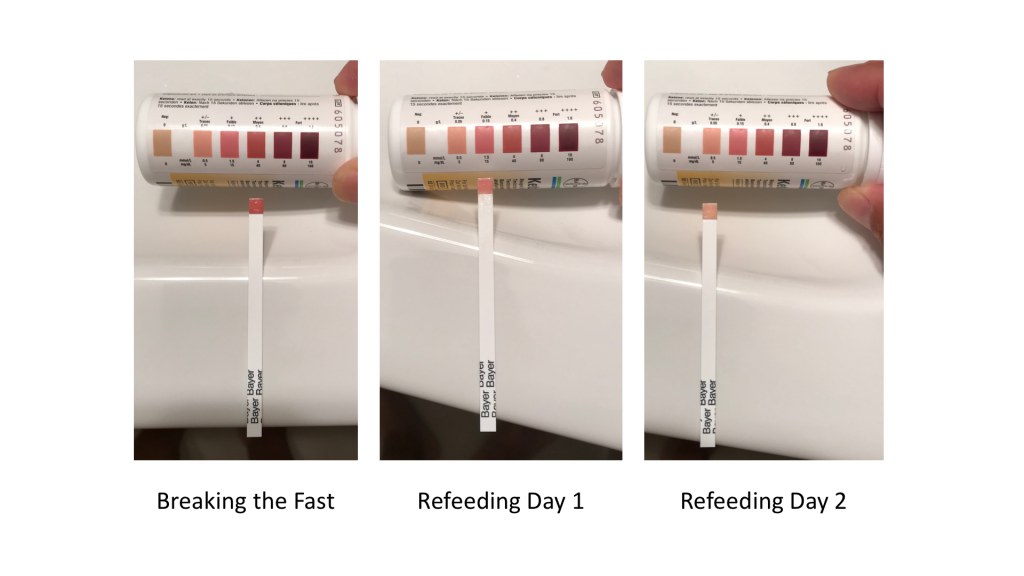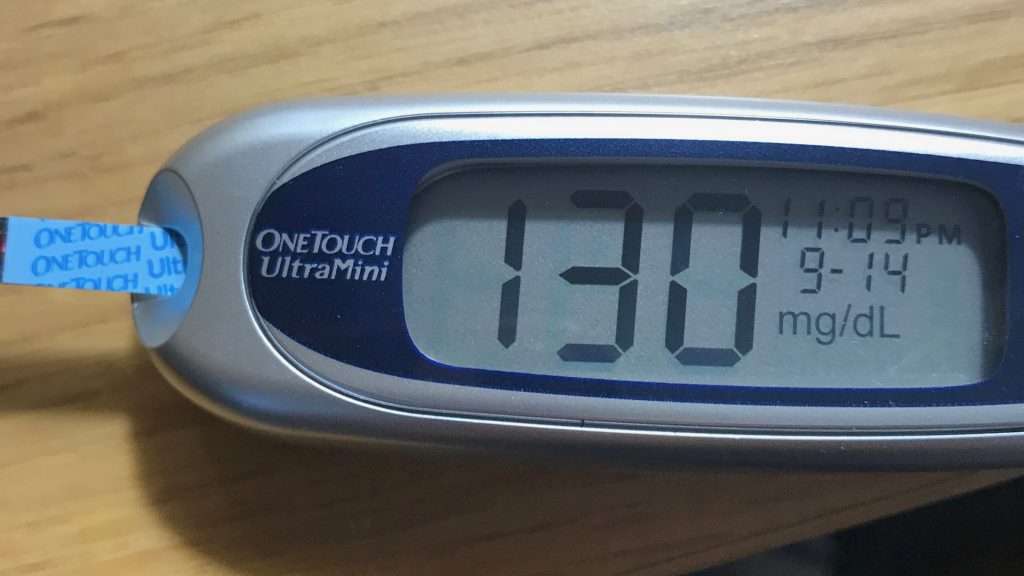This time at Buchinger Wilhelmi marked the first time I had done 22 days of consecutive fasting followed by 4 days of an ovo-lacto vegetarian diet. During that time, I watched my fasting blood sugars drop from diabetic levels to prediabetic levels, blood pressure return to normal, and my weight drop close to 20 lbs.
To achieve these results, the program here at Buchinger Wilhelmi is a very rich one, spanning across disciplines - medicine, nutrition, spirituality, fitness, psychotherapy, physiotherapy, and much more. It's easy to get carried away thinking that you'll return home and improve all aspects of your life.
However, the staff at clinic warned us in our final days to pick 1, 2, or 3 things (limit is 3) that we're going to change and stick to them. People who are too ambitious lose focus and simply return to their old habits.
These are my three:
- medical - continued regular monitoring of blood pressure, blood glucose, and weight on a daily basis. When things get out of control, return to fasting.
- spiritual - continue to say a "thank you" every morning and practice autogenic training. I have been doing this every day.
- nutritional - limit meat to once a week; rely on vegetable proteins, eggs, and dairy.
My wife (who had no prior health problems) and I got so much out of this program that we also want to be able to give our college-aged daughters the gift of a fasting experience here at Buchinger-Wilhelmi. We are already paying so much for their college education that this additional investment seems relatively inexpensive given the value to their long-term health!
While I did start the blog to share my learnings and to share my journey, I realized the primary value of this blog was a record for me to reflect on my experiences. Here's my journal of the Buchinger-Wilhelmi experience in August and September of 2018...
Buchinger Wilhelmi Journal
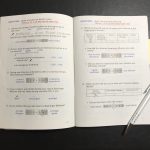 Buchinger Wilhelmi – Takeways
Buchinger Wilhelmi – Takeways Refeeding Days 3-4 & Departure!
Refeeding Days 3-4 & Departure!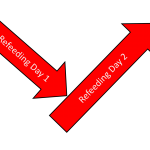 Refeeding Days 1-2 – On the rebound
Refeeding Days 1-2 – On the rebound Breaking the fast!
Breaking the fast! Days 20-22 – 20 lbs down & ready to break the fast!
Days 20-22 – 20 lbs down & ready to break the fast! Days 16-19 – Overcoming “Buchinger Burnout”
Days 16-19 – Overcoming “Buchinger Burnout”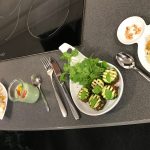 Days 12-15 – Resisting food temptation around us!
Days 12-15 – Resisting food temptation around us!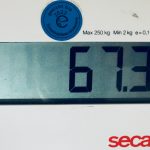 Days 9-11 – Halfway done and back to high school weight
Days 9-11 – Halfway done and back to high school weight Days 7-8 – It’s like Seattle here…
Days 7-8 – It’s like Seattle here…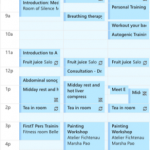 Days 4-6 Still Alive and Well!
Days 4-6 Still Alive and Well! Day 3 – Walk good 👍, Enema bad 👎
Day 3 – Walk good 👍, Enema bad 👎 Day 2 – Almost too comfortable!
Day 2 – Almost too comfortable! Day 1 – The Glauber salt experience
Day 1 – The Glauber salt experience Our first sightseeing excursions
Our first sightseeing excursions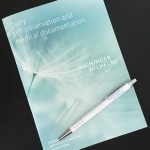 Digestive Rest Day
Digestive Rest Day Our home for the next 28 days!
Our home for the next 28 days! Leaving for Buchinger-Wilhelmi fasting retreat today!
Leaving for Buchinger-Wilhelmi fasting retreat today! About to head off to a fasting retreat!
About to head off to a fasting retreat!
